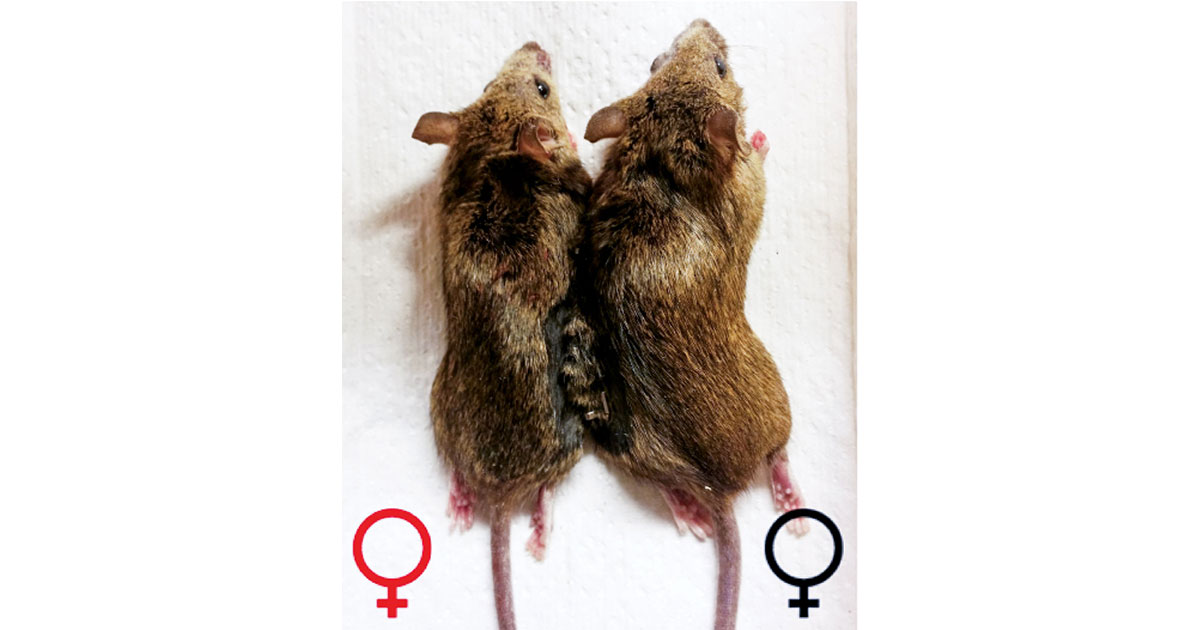Advertisement
Grab your lab coat. Let's get started
Welcome!
Welcome!
Create an account below to get 6 C&EN articles per month, receive newsletters and more - all free.
It seems this is your first time logging in online. Please enter the following information to continue.
As an ACS member you automatically get access to this site. All we need is few more details to create your reading experience.
Not you? Sign in with a different account.
Not you? Sign in with a different account.
ERROR 1
ERROR 1
ERROR 2
ERROR 2
ERROR 2
ERROR 2
ERROR 2
Password and Confirm password must match.
If you have an ACS member number, please enter it here so we can link this account to your membership. (optional)
ERROR 2
ACS values your privacy. By submitting your information, you are gaining access to C&EN and subscribing to our weekly newsletter. We use the information you provide to make your reading experience better, and we will never sell your data to third party members.
Biological Chemistry
Screen Nets Self-Destruction Stoppers
Chemical Biology: Strategy finds selective ligands for rogue T cells
by Carmen Drahl
December 7, 2009
| A version of this story appeared in
Volume 87, Issue 49
With a new screening process, researchers have found small molecules that specifically bind to the surface of a mouse's autoreactive T cells, a kind of immune cell that attacks its host. The work could pave the way for new treatments for multiple sclerosis (MS) or other conditions in which autoreactive T cells run amok.
Most marketed drugs for treating autoimmune diseases nonselectively adjust immune system function, which can lead to flulike side effects. Searches for more selective agents have focused on finding out what triggers the autoreactive T cells, but these approaches have been slow to bear fruit, says Thomas Kodadek of Scripps Florida.
Now, Kodadek and coworkers have developed a screen that doesn't require that information. They begin with T-cell samples taken from mice with an MS-like condition. The team then isolates autoreactive T cells from the samples and uses them to search for specific binders in a library of synthetic peptoids, which are peptide mimics.
The researchers found two peptoids that recognize autoreactive T cells while bypassing other, non-disease-causing T cells (Chem. Biol., DOI: 10.1016/j.chembiol.2009.10.011). Prior to Kodadek's work, no other small molecules had shown an ability to bind to rare T cells that drive autoimmune disorders, says Garry P. Nolan, who studies autoimmunity at Stanford University.
One of the team's peptoids, called AG12A, helps halt the development of MS in mice. Normally, injecting a specific sample of autoreactive T cells into healthy mice gives the rodents MS. But treating the cells with AG12A modified with a photoreactive group, and injecting them into mice caused no sickness. The team suggests that AG12A steers the light-reactive warhead; a control peptoid conjugate didn't shield the mice from MS.
The targets for autoimmune cells could differ among individuals suffering from the same disease, comments David A. Spiegel, who synthesizes small-molecule immune modulators at Yale University. "Kodadek's ingenious approach doesn't require knowledge about particular targets, so it could someday lead to more personalized treatments," he says.





Join the conversation
Contact the reporter
Submit a Letter to the Editor for publication
Engage with us on Twitter